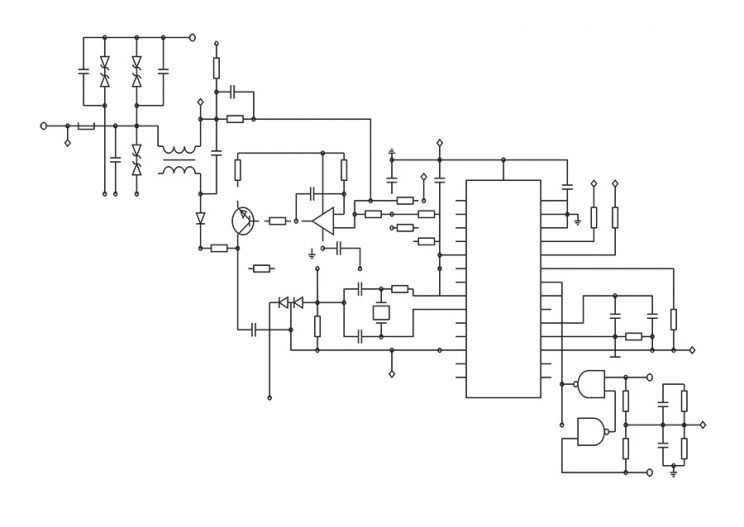Teaching Schematics to Blind People
Research article  Open access |
Available online on: 24 October, 2019 |
Last update: 28 October, 2021
Open access |
Available online on: 24 October, 2019 |
Last update: 28 October, 2021
 People with visual disabilities face a variety of challenges to perform dayto- day living activities. These could include everything from complex tasks such as navigating indoor spaces to simpler ones such as reading user instructions for purchased items. Over the past decade, the advent of various Assistive Technologies (AT) have successfully addressed many of these challenges and helped improve the lives of blind people. Some AT include Optical Character Recognition (OCR) software, talking GPS devices, screen-reader software, and others.
People with visual disabilities face a variety of challenges to perform dayto- day living activities. These could include everything from complex tasks such as navigating indoor spaces to simpler ones such as reading user instructions for purchased items. Over the past decade, the advent of various Assistive Technologies (AT) have successfully addressed many of these challenges and helped improve the lives of blind people. Some AT include Optical Character Recognition (OCR) software, talking GPS devices, screen-reader software, and others.
Despite significant advancements in the AT sector, there are still certain issues confronted by the blind community that await the development of new or enhanced solutions in order to be resolved. One such challenge is to help people with blindness learn schematics by making relevant coursework more accessible. Coursework materials of subjects like Physical Computing and Electronics are heavily comprised of schematics that are mostly described through visual diagrams. It is noted that conceptual representations of topic areas like computing and electrical circuits are best conveyed through technical schematics like circuit diagrams. This can often be a major hinderance for people with severe visual impairment or blindness.

The most common approach used to pass on technical schematics information to people with blindness is through the means of tactile representation and detailed textual, or circuit description of the visual diagram. Oftentimes, such forms of information representation need to be complimented with relevant instructional strategies to be delivered by the instructor. Additionally, the ability to grasp such “visually-rich” concepts from tactile representations demand the learner to be extensively experienced in working with tactile graphics. There also lies the requirement of having regular access to AT like Braille and Tactile Graphic Embossers which may be quite expensive depending on the intricacies of the schematics to be produced.
The complex conceptual nature of technical schematics like circuit diagrams make it significantly challenging to translate the information into tactile form. Currently, circuit descriptions often tend to be convoluted and complicated to interpret compared to the visual diagrams of the same information.
Recently, a New York University (NYU) thesis study carried out with blind and low vision participants used participatory and human-centered design to develop a first of its kind set of design standards and best practices to be utilized for creating readable tactile schematics for low vision and blind learners. These standards provide guidance for the designing of templates, workflow, and printing process. They were developed by experts in the fields design, accessibility, and physical computing. The making of tactile schematics through the utilization of these design standards and best practices require a working knowledge of Adobe llustrator or Sketch along with the need to access Swell Touch Paper and a Swell Form Machine.
Consequently, these standards were then applied to convert and design over 50 tactile schematics for a Physical Computing class coursework and have been made readily available to the public. This proved to serve as a successful foundation for the newly developed standards and best practices. The standards are still considered to be a work in progress as they are being further enhanced. The success of the NYU study highlights the importance of involving people with disabilities and industry experts to work collaboratively for developing successful solutions that meet the needs of the end-user community. Participatory and human-centered research ensures access to the critical knowledge of those living with disabilities while also offering opportunities for solution developers to better understand the user-needs and to design products and services accordingly.
“In order to create more accessible and usable schematics for people with blindness, it is vital for sighted designers to enhance their design process by gaining a better understanding of the users’ requirements”.
